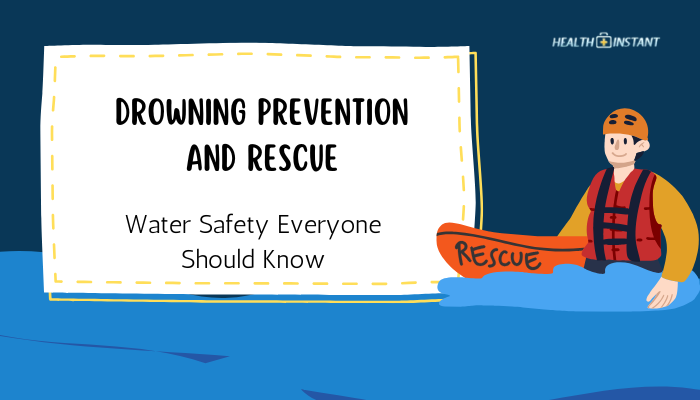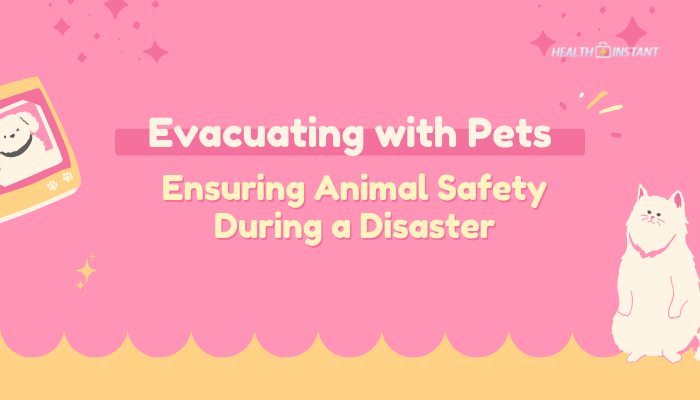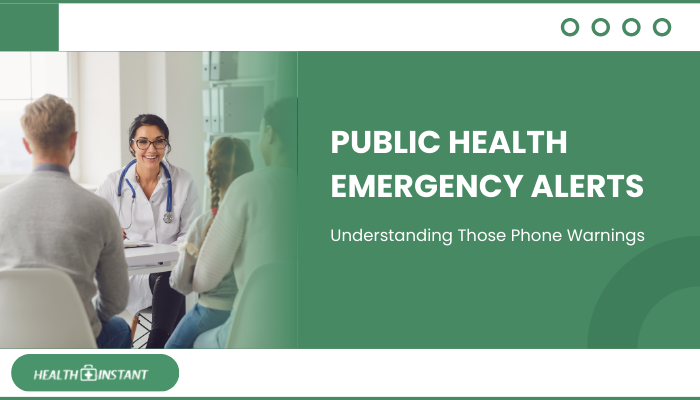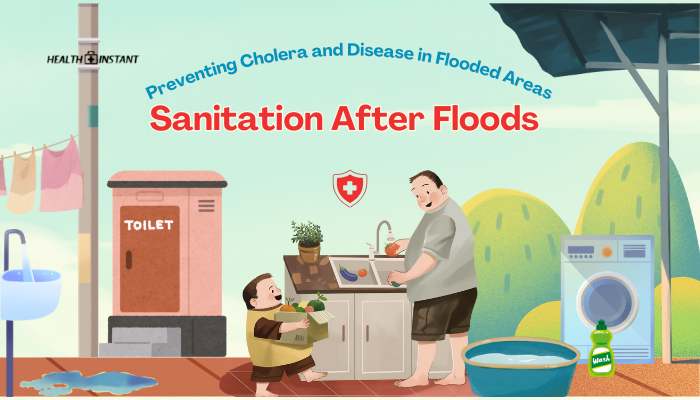Introduction
Water activities—swimming, boating, or even bathtub play—can be enjoyable, but accidents can happen. Drowning remains a leading cause of preventable injury and death worldwide, especially for young children.
Being well-prepared means understanding prevention tactics, recognizing drowning signals, and knowing how to respond safely. This guide covers everything from equipping homes with pool safety features to performing life-saving rescues and first aid if drowning occurs.
Common Drowning Scenarios
- Unsupervised Pools: Children slip into pools unsupervised for just minutes.
- Boating Accidents: Falling overboard without a life jacket, or collisions.
- Open Water: Lakes, rivers, or oceans with strong currents, steep drop-offs, or rip currents.
- Unexpected Hazards: Slippery pool edges, entrapment in drains or submerged debris.
Understanding context helps tailor prevention steps—pool fences at home, life jackets on open water, etc.
Prevention Measures
Swimming Skills and Supervision
- Swim Lessons
- Encourage children (and even adults) to take swimming lessons for water confidence.
- Encourage children (and even adults) to take swimming lessons for water confidence.
- Active Supervision
- Children are never water-safe, only “water-ready.” Maintain constant adult supervision—within arm’s reach for non-swimmers.
- Children are never water-safe, only “water-ready.” Maintain constant adult supervision—within arm’s reach for non-swimmers.
- Never Swim Alone
- It’s safer to swim with a buddy or at lifeguard-supervised locations.
Life Jackets and Floats
- Coast Guard-Approved Jackets: For boating, kayaking, or any open water.
- Proper Fit: Ensure snugly fastened, especially on children.
- Don’t Rely Solely on Floaties: Inflatable toys aren’t life-saving equipment and can deflate or slip off.
Pool Barriers and Alarms
- Fences: At least 4 feet high, self-latching gates around private pools.
- Door Alarms: Alerts if someone enters the pool area unsupervised.
- Covers: Rigid pool covers help limit unsupervised access, but always remove completely before swimming.
Safe Behaviors and Environment Checks
- No Running Near Water: Slips by the pool can lead to head injuries or falls into the water.
- Avoid Alcohol: Drinking impairs judgment and swimming capabilities.
- Check Water Depth: Dive only in designated deep areas to prevent spinal injuries.
Recognizing a Drowning Emergency
Contrary to movie portrayals, a drowning person often:
- Cannot Call for Help: They’re focused on breathing, not screaming.
- Has Quiet Struggles: Arms might be extended out, pressing down in a futile attempt to lift above the water.
- Head Tilted Back: Mouth may go under and above water repeatedly.
If you see someone calmly bobbing and unable to move properly or call out, they could be drowning.
Rescue Approaches
“Reach, Throw, Don’t Go” Principle
- Reach
- Extend a branch, pole, or arm if the person is close enough.
- Extend a branch, pole, or arm if the person is close enough.
- Throw
- Use buoyant items (life rings, floatable cushions) if out of reaching distance.
- Use buoyant items (life rings, floatable cushions) if out of reaching distance.
- Don’t Go
- Entering the water can endanger both rescuer and victim. Swim rescues are risky without training.
Wading and Rowing to Assist
- Wading
- If water is shallow (waist level or less) and safe, you may approach to pull them to shore.
- If water is shallow (waist level or less) and safe, you may approach to pull them to shore.
- Rowing
- If you’re on a boat, row closer and toss a rope or ring.
Swimming Rescue Techniques
- Trained Lifeguards use specialized approaches to avoid being grabbed or pulled underwater.
- Minimize Direct Contact: If untrained, keep distance. Panic can make the victim inadvertently harm the rescuer.
After the Rescue: First Aid and CPR
- Check Breathing
- If not breathing or only gasping, begin CPR.
- Clear airway of water or vomit quickly if obstructed.
- If not breathing or only gasping, begin CPR.
- Call Emergency Services
- Medical evaluation is crucial even if the person seems fine. Secondary drowning can occur hours later.
- Medical evaluation is crucial even if the person seems fine. Secondary drowning can occur hours later.
- Warm and Calm
- Replace wet clothing if possible, use blankets.
- Monitor for confusion, persistent coughing, or difficulty breathing, which may indicate fluid in lungs.
- Replace wet clothing if possible, use blankets.
Special Notes on Children and Infants
- Constant Supervision: Young kids can drown in seconds, even in buckets or wading pools.
- Mouth-to-Mouth for Infants: If needed, use gentle, small puffs; chest compressions at appropriate depth.
- Car Seats by Water: Not advisable, children must be free or wearing life vests.
Conclusion
Preventing drowning relies on a proactive approach: learning robust swimming skills, enforcing vigilant supervision, and ensuring safety barriers or life jackets. Should an emergency arise, the “reach or throw—don’t go” approach helps you assist the victim without compromising your own safety.
Post-rescue, thorough first aid and medical follow-up remain vital, especially as water inhalation can lead to complications. With these techniques, you can create safer water experiences for yourself and those around you.
References
- American Red Cross. (2020). Water safety and drowning prevention guidelines.
- Centers for Disease Control and Prevention (CDC). (2021). Drowning prevention and facts.
- World Health Organization (WHO). (2019). Global report on drowning: preventing a leading killer.
- Royal Life Saving Society. (2022). Basic water rescue and first aid instructions.
Disclaimer: This article does not replace professional training. For thorough rescue skills, consider taking a lifesaving or water safety course from reputable organizations.





